by Keyword: 2-photon excitation
 Telliez, Cecile, Sims, Ruth, Faini, Giulia, Berto, Pascal, Papagiakoumou, Eirini, Tanese, Dimitrii, Accanto, Nicolo, (2025). Multiphoton Neurophotonics: Recent Advances in Imaging and Manipulating Neuronal Circuits Acs Photonics 12, 3296-3318
Telliez, Cecile, Sims, Ruth, Faini, Giulia, Berto, Pascal, Papagiakoumou, Eirini, Tanese, Dimitrii, Accanto, Nicolo, (2025). Multiphoton Neurophotonics: Recent Advances in Imaging and Manipulating Neuronal Circuits Acs Photonics 12, 3296-3318 
The possibility of using light to image and manipulate neuronal activity, at the heart of Neurophotonics, has provided new irreplaceable tools to study brain function. In particular, the combination of multiphoton microscopy and optogenetics allows researchers to interact with neuronal circuits with single-cell resolution in living brain tissues. However, significant optical challenges remain to empower new discoveries in Neuroscience. This Review focuses on three critical areas for future development: (1) expanding imaging and optogenetic stimulation to larger fields of view and faster acquisition speeds, while maintaining single-cell resolution and minimizing photodamage; (2) enabling access to deeper brain regions to study currently inaccessible neuronal circuits; and (3) developing optical techniques for studying natural behaviors in freely moving animals. For each of these challenges, we review the current state-of-the-art and suggest future directions with the potential to transform the field.
JTD Keywords: 2-photon excitation, Adaptive optics, All-optical brain studies, All-optical electrophysiology, Calcium and voltage imaging, Field-of-view, High-speed, In-vivo, Large-scale, Multiphoton microscopy, Neural activity, Neurophotonics, Optogeneticphotostimulation, Primary visual-cortex, Voltage indicator, Wavefrontshaping
 Sortino, R, Cunquero, M, Castro-Olvera, G, Gelabert, R, Moreno, M, Riefolo, F, Matera, C, Fernàndez-Castillo, N, Agnetta, L, Decker, M, Lluch, JM, Hernando, J, Loza-Alvarez, P, Gorostiza, P, (2023). Three-Photon Infrared Stimulation of Endogenous Neuroreceptors in Vivo Angewandte Chemie (International Ed. Print) 62, e202311181
Sortino, R, Cunquero, M, Castro-Olvera, G, Gelabert, R, Moreno, M, Riefolo, F, Matera, C, Fernàndez-Castillo, N, Agnetta, L, Decker, M, Lluch, JM, Hernando, J, Loza-Alvarez, P, Gorostiza, P, (2023). Three-Photon Infrared Stimulation of Endogenous Neuroreceptors in Vivo Angewandte Chemie (International Ed. Print) 62, e202311181 
To interrogate neural circuits and crack their codes, in vivo brain activity imaging must be combined with spatiotemporally precise stimulation in three dimensions using genetic or pharmacological specificity. This challenge requires deep penetration and focusing as provided by infrared light and multiphoton excitation, and has promoted two-photon photopharmacology and optogenetics. However, three-photon brain stimulation in vivo remains to be demonstrated. We report the regulation of neuronal activity in zebrafish larvae by three-photon excitation of a photoswitchable muscarinic agonist at 50 pM, a billion-fold lower concentration than used for uncaging, and with mid-infrared light of 1560 nm, the longest reported photoswitch wavelength. Robust, physiologically relevant photoresponses allow modulating brain activity in wild-type animals with spatiotemporal and pharmacological precision. Computational calculations predict that azobenzene-based ligands have high three-photon absorption cross-section and can be used directly with pulsed infrared light. The expansion of three-photon pharmacology will deeply impact basic neurobiology and neuromodulation phototherapies.© 2023 Wiley-VCH GmbH.
JTD Keywords: absorption, azobenzene photoswitches, deep, glutamate-receptor, intravital microscopy, multiphoton excitation, muscarinic neuromodulation, photopharmacology, two-photon lithography and polymerization, 2-photon excitation, Animals, Azobenzene, Infrared rays, Ligands, Multiphoton excitation, Muscarinic neuromodulation, Photons, Photopharmacology, Photopharmacology, azobenzene, muscarinic neuromodulation, multiphoton excitation, two-photon lithography and polymerization, Two-photon lithography and polymerization, Zebrafish
![]() Telliez, Cecile, Sims, Ruth, Faini, Giulia, Berto, Pascal, Papagiakoumou, Eirini, Tanese, Dimitrii, Accanto, Nicolo, (2025). Multiphoton Neurophotonics: Recent Advances in Imaging and Manipulating Neuronal Circuits Acs Photonics 12, 3296-3318
Telliez, Cecile, Sims, Ruth, Faini, Giulia, Berto, Pascal, Papagiakoumou, Eirini, Tanese, Dimitrii, Accanto, Nicolo, (2025). Multiphoton Neurophotonics: Recent Advances in Imaging and Manipulating Neuronal Circuits Acs Photonics 12, 3296-3318 ![]()
![]() Sortino, R, Cunquero, M, Castro-Olvera, G, Gelabert, R, Moreno, M, Riefolo, F, Matera, C, Fernàndez-Castillo, N, Agnetta, L, Decker, M, Lluch, JM, Hernando, J, Loza-Alvarez, P, Gorostiza, P, (2023). Three-Photon Infrared Stimulation of Endogenous Neuroreceptors in Vivo Angewandte Chemie (International Ed. Print) 62, e202311181
Sortino, R, Cunquero, M, Castro-Olvera, G, Gelabert, R, Moreno, M, Riefolo, F, Matera, C, Fernàndez-Castillo, N, Agnetta, L, Decker, M, Lluch, JM, Hernando, J, Loza-Alvarez, P, Gorostiza, P, (2023). Three-Photon Infrared Stimulation of Endogenous Neuroreceptors in Vivo Angewandte Chemie (International Ed. Print) 62, e202311181 ![]()

